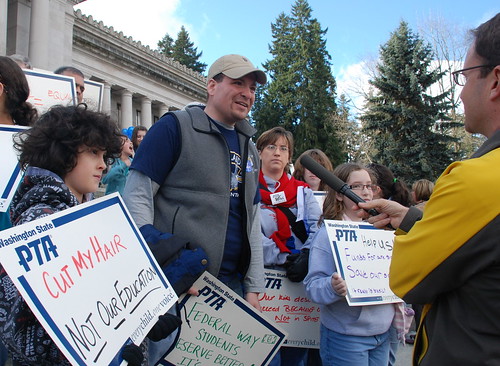Endorsements are one of the critical tools in the bag of tools that a grassroots organizer uses. The most important tool, the hammer, is your email list of contacts, but your screwdriver, your second most important tool is endorsements.
Endorsements make people “think”, and they make people “do”. The group has to listen, decide, and vote. This engages the group in a way a simple presentation never does.
All groups, including 501c3 nonprofit organizations can endorse a ballot measure, or bill going through the legislature. Yes ALL groups can endorse a bill. This includes Kiwanis, Rotary, PTA, Soccer teams, etc. Of course, culturally they may not want to endorse, they may feel uncomfortable. But endorsing is absolutely within the legal requirements of a nonprofit organization.
Endorsements really are like a screwdriver, they keep working and working and working. Simply engaging your organization by making them think about an issue and act on the issue is incredibly powerful. But there are two other things that happen when an organization endorses. The endorsement can be used as a public tool, and it creates a snowball effect with other organizations.
An endorsement means a group of people have all agreed that this bill or issue is a good idea. The endorsement carries more weight, is more effective because more than one person has agreed to the concept. Now you take this endorsement and you inform the public. You say, my group, X has endorsed this bill. You tell your legislators, you tell your community in your local newspaper, you tell your larger organizations. If your PTA endorses, you should tell other PTA’s in your area, you should tell the state PTA, tell your legislators, send a letter to the editor to tell your community, each of those “tells” influences people to think and maybe to act themselves.
The screwdriver keeps turning. When one group endorses, it makes it easier for other groups to endorse, they point at each other and think, they did it…why can’t we? If one city council endorses, it makes it easier for another, and another and another…the screwdriver keeps turning until we have bolted the idea in.
Endorsements are very, very effective tools in your grassroots toolbag. Let’s get to work.
Want to hear how a local School Board endorsement went – watch this short You Tube Video.
[youtube=http://www.youtube.com/watch?v=2RmXycxN_aE]
Kelly Munn, LEV’s State Field Director, describes testimony from teachers and parents on a resolution to support the Basic Education Task Force legislation (HB1410/SB5444) at the Issaquah School Board meeting on Thursday, February 5th. The resolution was adopted that night.




